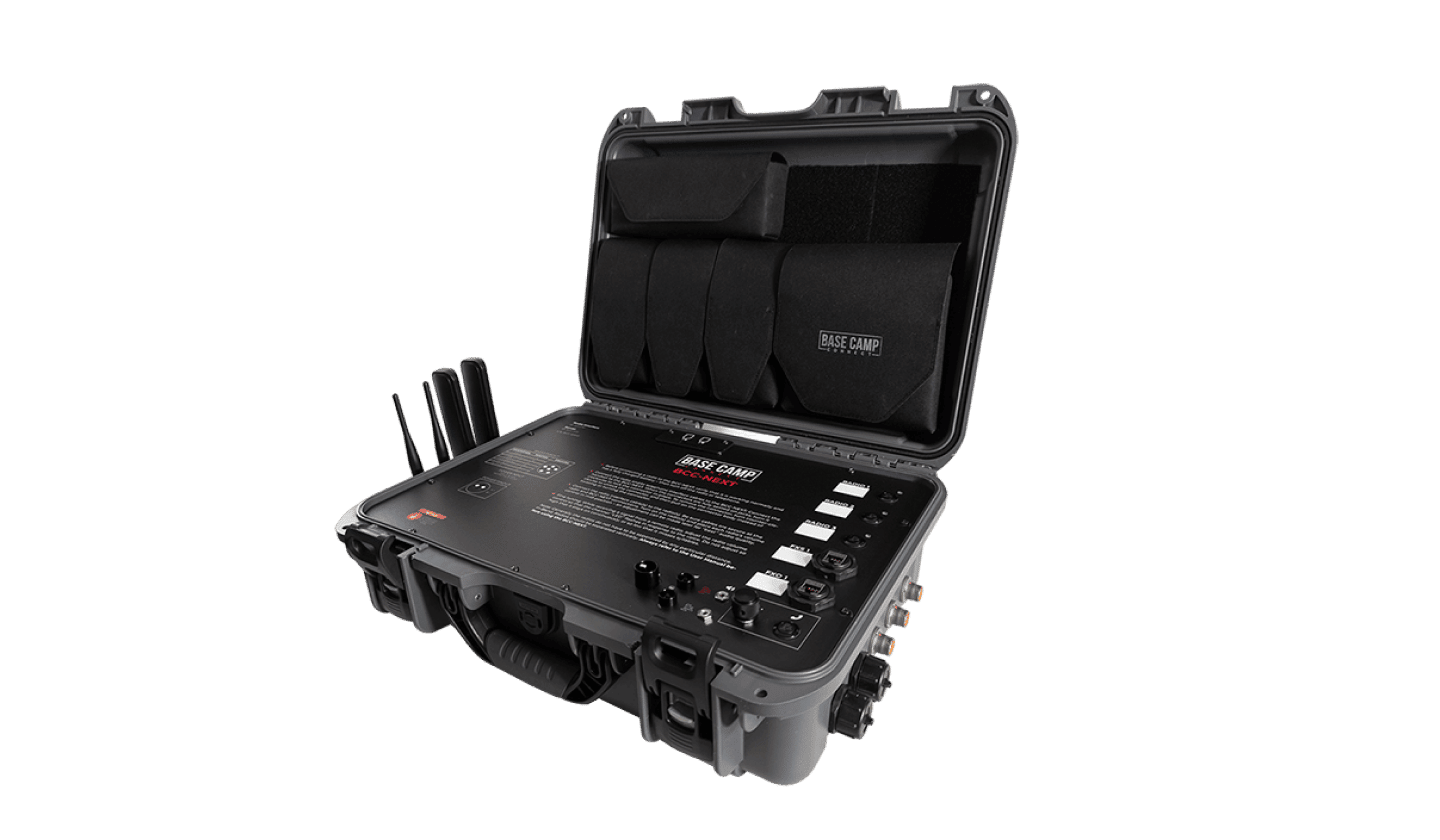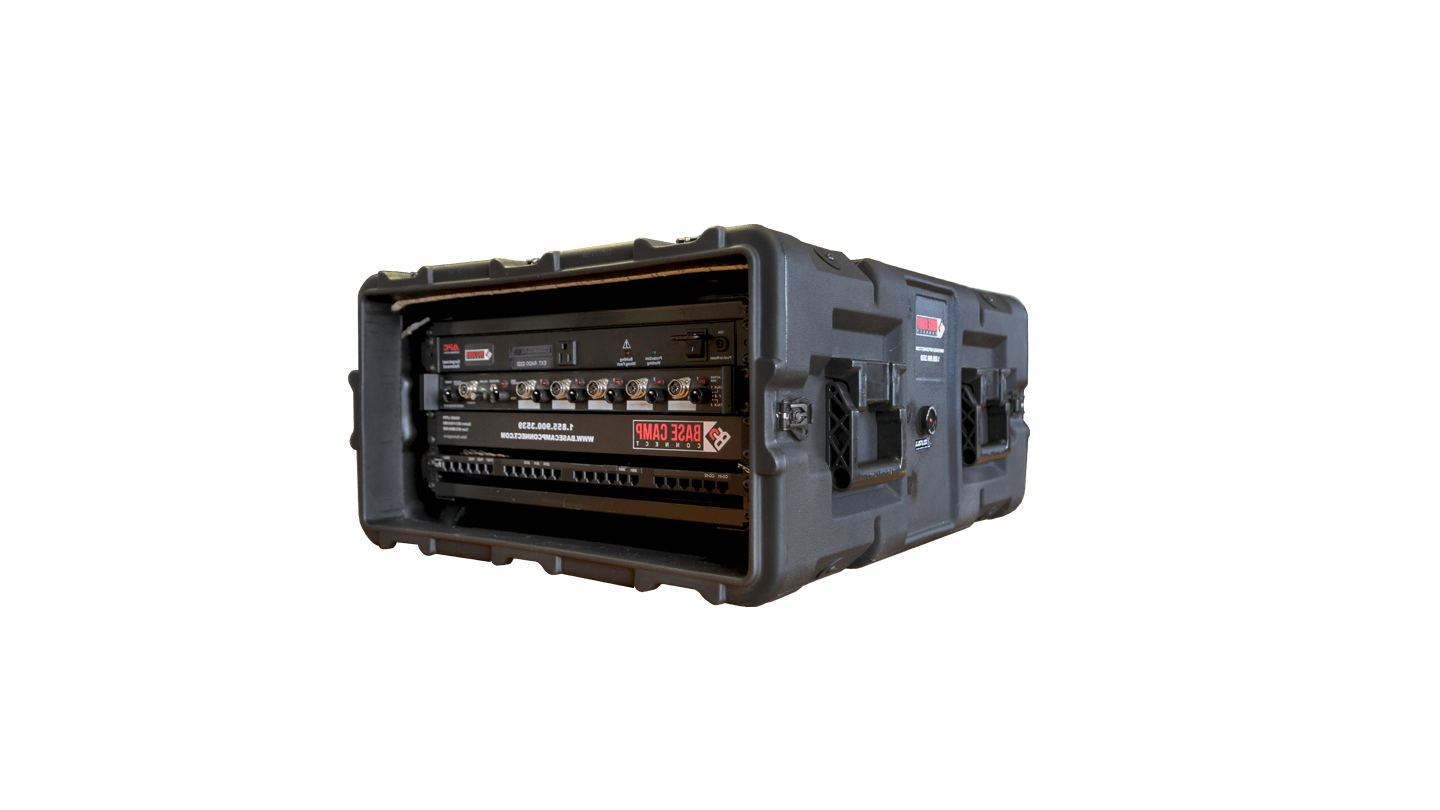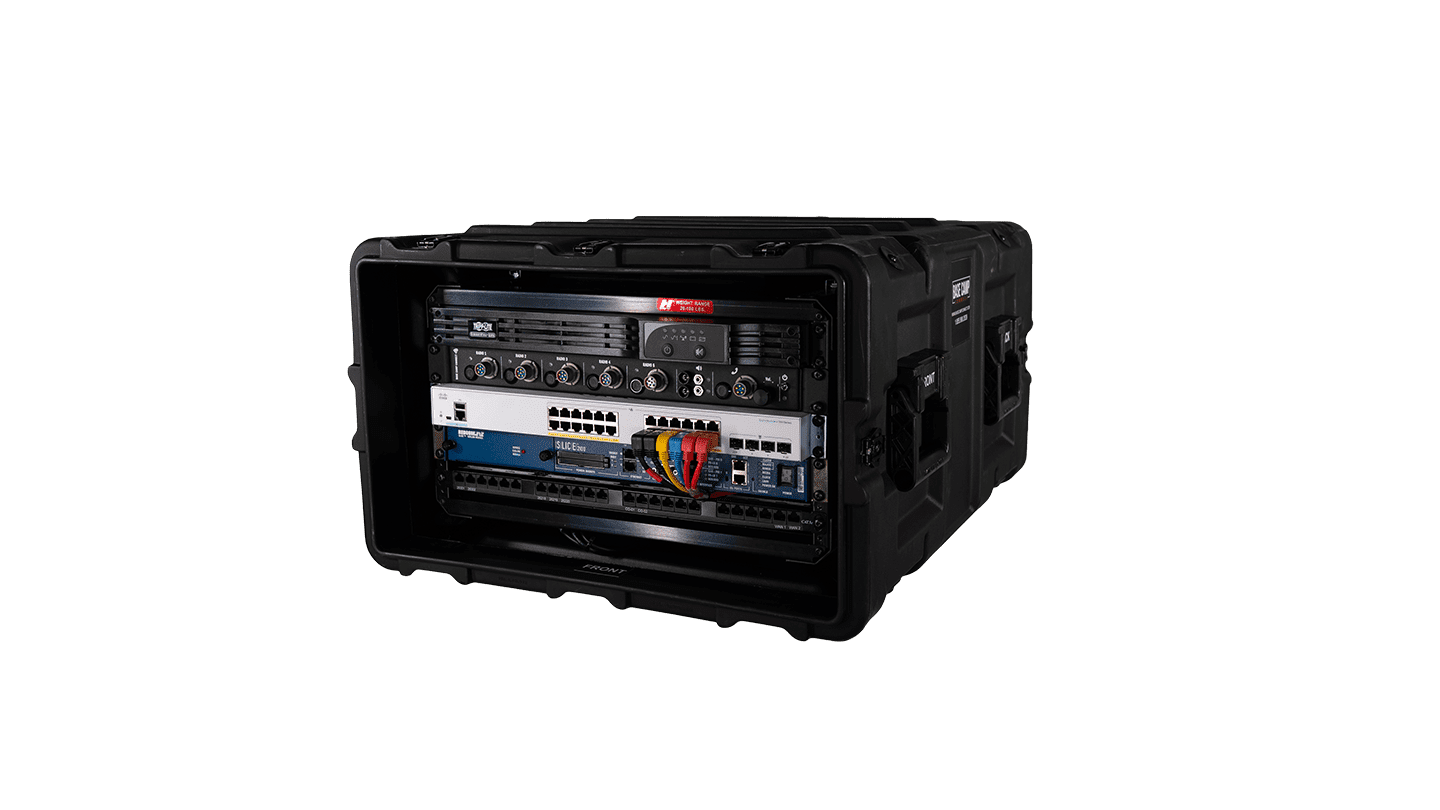The day started just like any other day and everything was great, until it happened. A disaster has affected your business operations. It could be a natural disaster, manmade or technological; your most important assets, your employees, have been and could be affected. How will you inform your employees of the hazardous situation and provide them instructions and updates to ensure their safety or will you rely on governmental agencies to provide that information? That said, will the State, local and Tribal government provide information in a timely manner and will your employees understand what they need to do in relation to work? For example, do they report to work for their shift later that night or the next day? Reporting to work could place the employee in danger if the event is directly impacting your operations or if the route they would have to travel to get to your location would put them at risk. Furthermore what if there is a disaster but, neither your business nor the routes to get to your location are affected? Will employees just not show up to work because they do not clearly understand the scope and complexity of the disaster that is occurring and how it impacts them and your operations?
Emergencies and disasters of any scope and complexity have the potential of interrupting business operations as a result of the loss of your employee base. Who will complete the tasks needed to provide your products or services if your employees were affected by an emergency and disaster? The ability to help your personnel mitigate the effects of such events will have long-term impact on your business and your reputation. The planning for, exercising of the plans and establishing primary and alternate communications is vital.
Additionally, is the message clear? For example, my current organization is comprised of at least personnel from 28 different nationalities all with a different command of the English language. These diverse work forces create additional challenges when it comes to the quick “Mass Notification” to your employees in regards to emergencies and disasters. The bottom line is you must at a minimum have the ability to communicate events and the updates to events with directions to your employees. When recovery has begun, do you want the employees to say you cared about them or forgot them existed during the worst of times? With this in mind, you have options. There are many ways to consider augmenting governmental messages in regards to disasters to your “work family”.
Mobile Network SMS (texting) notifications
I think it is safe to say that 99% of an organization owns some type of mobile phone. The procurement of the ability for an organization Crisis Management Team to send Mass Notifications via the mobile network is a great option to have. This provides leadership the ability to notify everyone in the organization of initial events, locations to avoid or meet up at and updates on the situation. First is the mobile network availability in the region you are operating in and the understanding that not all service providers will accept notifications on their network without buying their specific plan. The goal is to find a service provider that can send messages to all of the provider’s networks. This option will allow you to prescript messages and adjust as needed and send to everyone in the system at once in a matter of seconds.

With this in mind, it is important to understand that the utilization of a Mobile Network SMS notification system may not be the only action needed to ensure communications. It’s reasonable to assume that there is a probability that during an event with a high scope and complexity that the mobile networks will be overloaded. This will result in this countermeasure being unusable. The overload of the system will stop communications through mobile networks for an undetermined amount of time. As a result, organizations must plan other ways to notify their employees. One such way is known as the Warden System.
Warden System
The warden system is one that is generally used at overseas locations. However, the concept could easily be applied throughout North America. This system works best if broken down into geographical areas with validated employee addresses and leadership roles established. The warden system provides several ways to conduct notifications including phone (both landline and mobile) and messenger. In concept, the warden helps to disseminate messages to personnel in their area to ensure that everyone understands what is going on, what actions should be taken and updates on the event and how it impacts the personnel. That said, the warden system is not without its challenges. The phone systems could be overloaded and it may be unsafe for messengers to travel to different residences.
Plan and Exercise your plans
Regardless of the way or ways your organization has planned to make mass notifications, an actionable plan must be developed and vetted through exercise. Emergency Action Plans should be developed to breakdown what everyone will do during specific events. Although actions during events will most likely change as a result of the changing environment, the base plan will enable your employees to understand what they should do in certain circumstances. This is easier said than done and will take the commitment from the organizational leadership on the ground and at the corporate headquarters to ensure its success. For example, consider how an organization will exercise plans while they are conducting operations they do on a daily basis? Employees are paid to do the job they are hired to do and generally not to participate in exercises that although will help ensure their safety are not why the organization is paying them. Organizations must take preparedness seriously to ensure not only the continuity of their operations but, also the safety of their employees. In the end, this will protect the organizations business reputation.
The bottom line is the communications to your employees is a must and each organization must find creative ways to ensure direction is given to their most valued asset.














